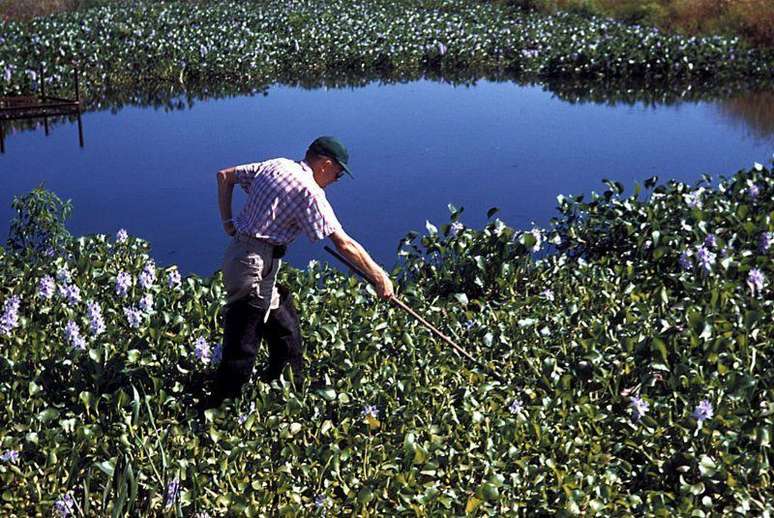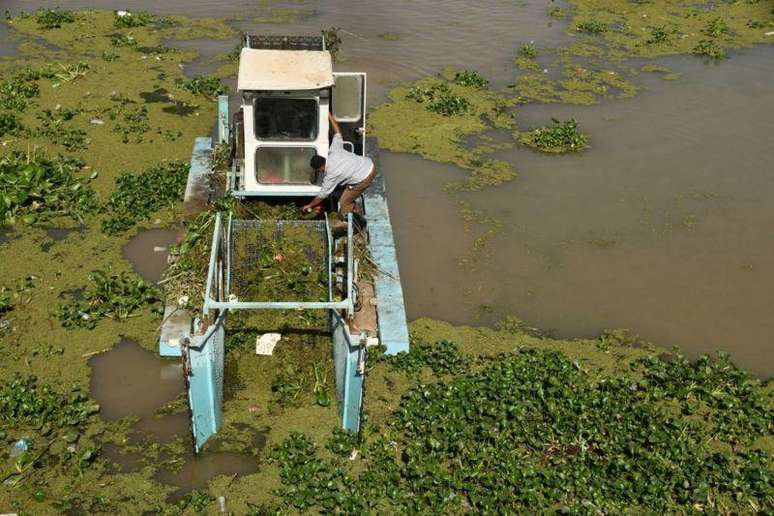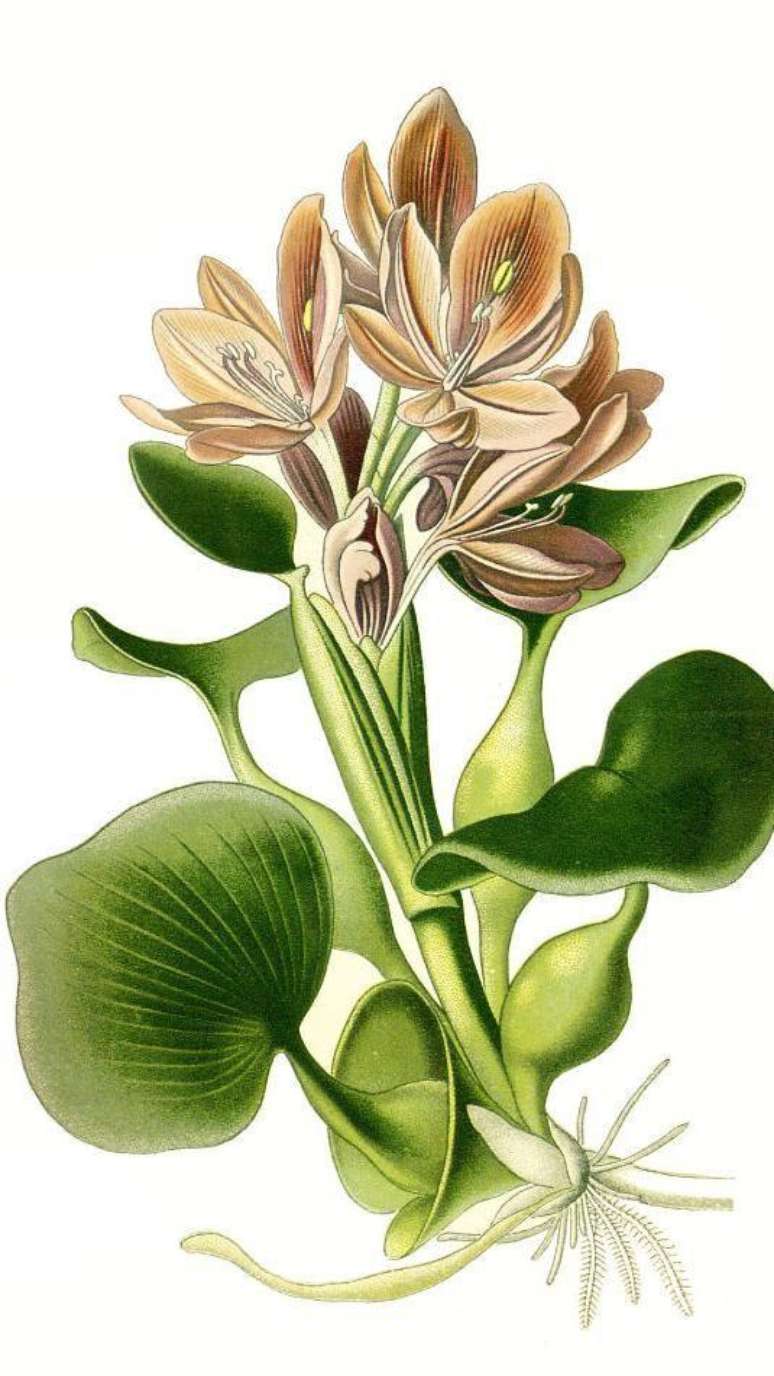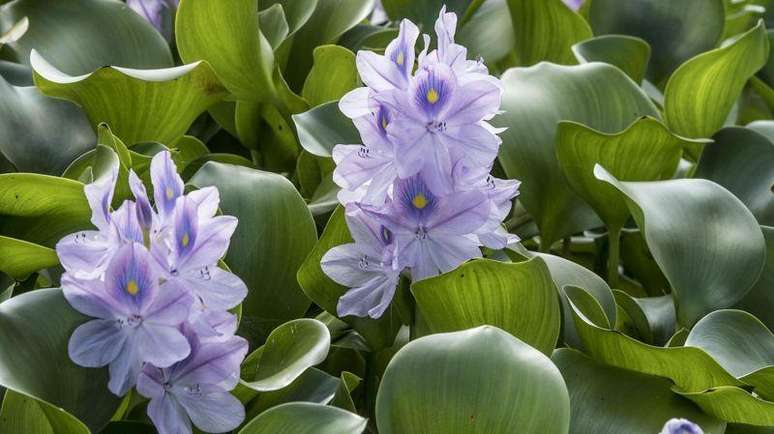The fires in Hawaii have left hundreds of images of death and desolation in one of the most idyllic landscapes on the planet. But they also highlighted a factor that would be at the origin of the forest fires which, like the one that occurred in Hawaii, are repeated throughout the world: the presence of invasive exotic plants.
According to a recent report supported by the United Nations, these plants are part of the group of species that are linked to 60% of plant and animal extinctions worldwide.
Because they are alien to “invaded” ecosystems, they damage local nature, disrupt food chains and threaten human health at an estimated cost of $423 billion, the report, based on 2019 data, points out.
According to experts, invasive plants amplify the effects that climate change has on the planet.
“The action of invasive plants often causes more intense and frequent fires, like some of the devastating ones that occurred recently around the world, releasing even more carbon dioxide into the atmosphere,” the report notes.
And, among these plants, there is one that predominates over the other species: the Pontoderia crassipesbetter known as water hyacinth or water hyacinth.
Native to South America, in particular the Amazon region, it is the most widespread exotic invasive terrestrial species.
“As land use for agro-industrial production increases, so does the use of exotic plants that end up becoming invasive, as we are seeing across the planet,” says Professor Helen Roy, invasive plant specialist and member of the British Center for Ecology and Hydrology.
Roy, who wrote the report to the United Nations, points out that this particular plant has had profound effects in several regions, such as Lake Victoria, in Africa.

“The lake, a major food source for millions of people, is short of fish, particularly tilapia, because the water hyacinth absorbs essential nutrients for the animals that live there,” he explains.
And this plant, also recognized for the beauty of its flower, has already arrived in many regions where it has caused serious and varied damage.
The Amazon jungle
The water hyacinth is a plant native to the Amazon region and the Orinoco river, the main river of Venezuela, where it finds its perfect habitat in the enormous waterways.
It is a floating plant that has an incredible ability to reproduce and grow rapidly.
Another characteristic is that its roots and leaves have the ability to absorb toxic substances from the water and filter its contents.
According to experts, what happened is that the explorers who traveled the Orinoco in the late 19th century thought that the water hyacinth could be a perfect ornamental plant for the artificial fountains of their home countries.
This is because they are floating plants and have a striking purple flower. In this way the species reached countries such as the United States and Japan.

“One thing that favors the water hyacinth for invasion work is that freshwater environments are all very similar around the world, especially those located in the tropical zone,” he explained to BBC Mundo (BBC Spanish service ) Anibal Pouchard, professor of forestry affairs at the University of Concepción, Chile.
There is yet another factor: experts have discovered the ability of these plants to filter toxic elements in water, including fertilizers, which has increased their demand around the world.
What they didn’t take into account is the enormous invasive capacity this plant has.
The case of Lake Victoria – located on the border between Uganda, Tanzania and Kenya – is only a reflection of what has happened in dozens of countries where the invasive plant is present.
Its effects take different forms.
“Due to its exuberance and ability to dominate the aquatic environments in which it lives, it does not allow other native plants to exist, which ends up affecting the balance of the habitat it invades,” says Pouchard.
This is also why it affects the navigability of these “wonders of water”.
Additionally, the water hyacinth’s ability to absorb and process toxic materials and heavy metals causes it to emit large amounts of carbon dioxide and methane gas when it decomposes, contributing to climate change.
But the problem doesn’t end there. Both Roy and Pouchard point out that eliminating water hyacinth requires millions of dollars, which are often insufficient.

“Another problem with the water hyacinth is that its seed can go for years without sprouting. So, even if all the water hyacinths can be removed from, say, a lake, there is still the possibility that they will grow again, quickly and luxuriantly, some some time later,” Roy noted.
Solutions?
The expansion of invasive plants is considered critical by scientists and environmentalists.
“It’s a situation that affects the whole society at different levels, regardless of its origin or status: they attack the center of habitats and the supply chains that come out of the environment,” explains Roy.
The main solution is prevention in the management of plants intended for export or import.
“You need to take into account that many of these invasive plants today were introduced to provide some benefit to people. The problem is that no attention has been paid to the effects this could cause,” says Roy.
For this reason, both Roy and Puchard believe that the prevention and control of flora and fauna at borders is one of the most effective measures that can be implemented to prevent the arrival of invasive species.
“Not all plants that humans bring from one habitat to another are invasive, but we need to know which ones can have a detrimental effect on the nature of this new place,” explains the researcher.
According to the UN report, programs promoting the eradication of invasive species have worked effectively, especially when these plants can be isolated and when harmful species are quickly detected.
In the specific case of the water hyacinth, a series of interventions are being implemented that have managed to control its expansion.
“In the case of the water hyacinth, there is a biological element which is an insect (Neochetina caterpillars), which looks like a cockroach. It does the job of controlling the growth of these species,” Roy concluded.
Source: Terra
Rose James is a Gossipify movie and series reviewer known for her in-depth analysis and unique perspective on the latest releases. With a background in film studies, she provides engaging and informative reviews, and keeps readers up to date with industry trends and emerging talents.






